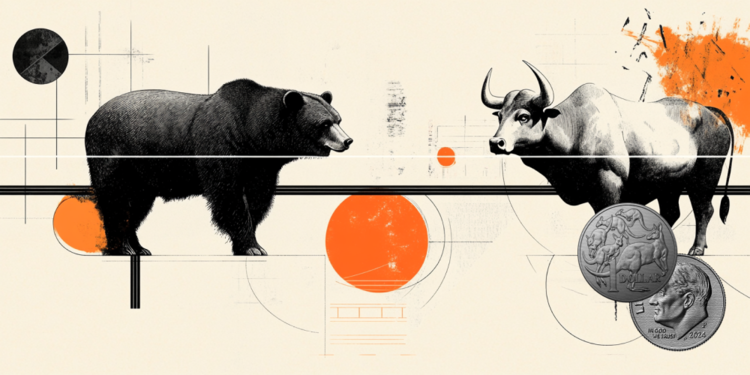The first images released by NASA captured by the James Webb space telescope made this week “memorable for world astronomy”, in the assessment of the astrophysicist at the Federal University of Santa Maria, Rogermar André Riffel.
In an interview with CNN Radio however, he explained that scientific discoveries go beyond space and are translated into new technologies that will be incorporated into our daily lives.
“Building a telescope requires the development of new technology, there is this development that becomes available to the general population, many of which are applied immediately in our daily lives, others over time.”
A good example, according to the astrophysicist, is cell phone cameras. “The best cameras are in telescopes and this technology is reproduced in cell phones. Today everyone takes their selfies out there.”
“Another direct example from Webb is that the same technique used to align the telescope mirror in space is already being used in eye surgery.”
He points out that these are applications that we did not imagine at first, but that “scientific development always comes with technological development, not only with advances in science, but for things close to our daily lives.”
scientific aspect
The science proposed by Webb, of course, is also an important point. Rogemar Riffel highlights that “we are entering a new era of astronomy and world science.”
The telescope’s proposal is to make “great advances in understanding the universe as a whole”, that is, where we came from, how the universe formed and how it reached the state we are in.
The astrophysicist will be part of one of two projects led by Brazilian scientists on Webb observations.
According to him, three nearby galaxies will be the focus, to identify how hydrogen molecules, the most abundant in the universe, behave in the face of black holes present in these galaxies.
“Theories of evolution indicate that black holes play an important role in the formation of galaxies and the universe as we know it today, we want to identify what this role is.”
Source: CNN Brasil







